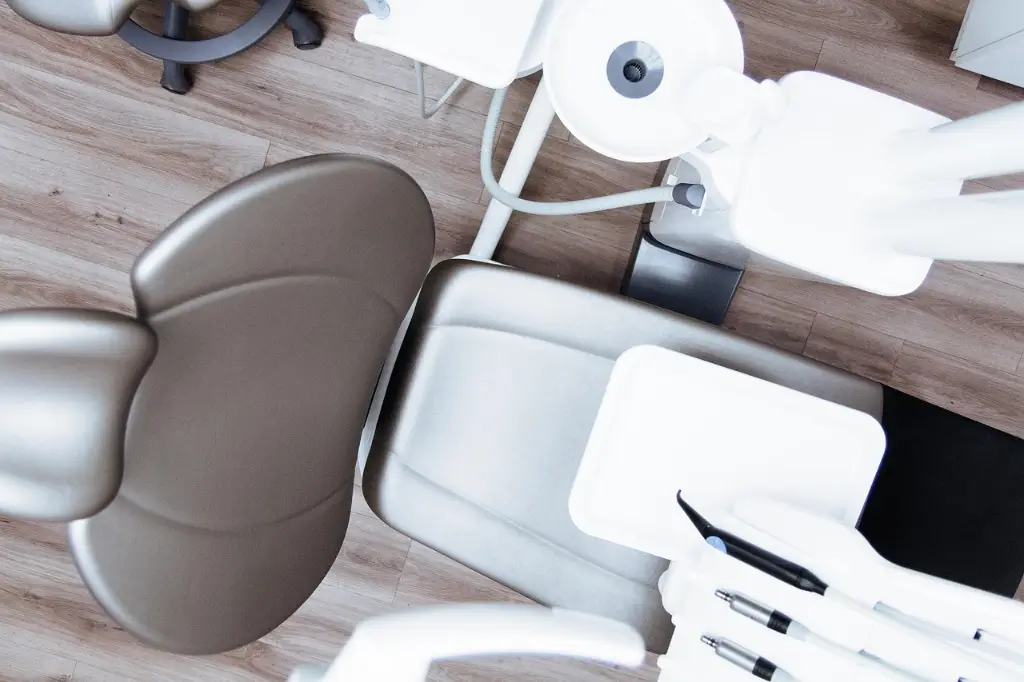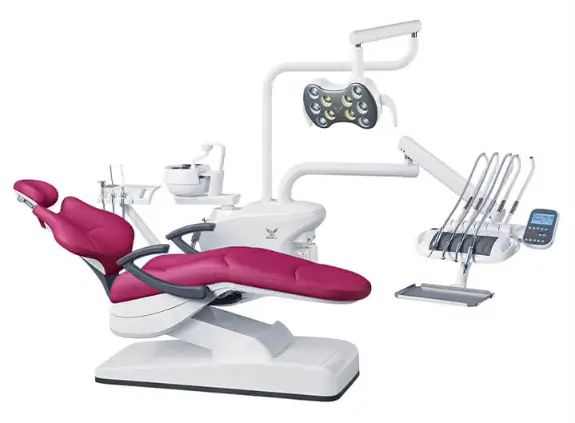
Choosing the right dental chair is a big deal for any clinic. The chair and its system impact how well you work and how safe and comfy patients feel. With tech improving fast, many clinics wonder if a hydraulic or electric system is the best pick for lasting steadiness.
Before we dive into the comparison, it’s good to know that some companies make top notch gear more affordable. Gladent has earned trust by working with Italian design teams for years. They aim to craft high quality dental units at prices that suit new and growing clinics. You don’t pay sky high costs for solid build, comfy design, and reliable support. Want to learn more about them? Check their about page or contact them directly to talk options. Dentists worldwide see Gladent as a true partner who gets the daily grind of running a practice.
Hydraulic dental units use a pump, pistons, and fluid to move the chair and adjust its position. This setup gives smooth, exact movements without jolts. In everyday use, the chair handles all kinds of patient weights and stays steady. The hydraulic system spreads force evenly. So, reclining and lifting feel natural and easy.
For dentists, this means you can shift the chair’s height or angle without pausing your work. Patients like it too because the motion is quiet and gentle. This helps them feel calm. Studies and expert reviews say comfort shapes how patients view their dental visit. A relaxed patient is easier to treat, and a steady chair boosts your work’s precision.
Picture doing a detailed job like preparing a crown or placing an implant. These tasks need focus and time. If the chair wiggles suddenly, it throws off both you and the patient. Hydraulic systems lower this risk. They also have a self lubricating feature that slows wear and stretches the chair’s life. This leads to fewer breakdowns and cheaper upkeep over time.

Electric dental units rely on motors instead of fluid pumps. They’re often lighter and may let you save favorite chair positions for quick use. For instance, you could hit a button to set the chair for a cleaning.
But electric systems might wobble under heavier patients, depending on the motor’s strength. Their motion can feel less smooth than hydraulic ones. They often cost more to buy, especially fancy models with high tech features. While they may need less frequent fixes, repairs can hit your wallet harder when they happen.
Saved chair positions can save time in busy clinics. For routine jobs, preset spots make work flow faster. But this only helps if your team uses them regularly. For many clinics, the extra price may not pay off, especially if hydraulic chairs already meet your needs with their steady, comfy motion.
No matter the system, keeping patients comfy is key. A chair that’s too stiff or jumpy can make patients nervous. Hydraulic chairs shine here. They offer adjustable headrests, slim backrests, and smooth arm support. This lets patients sit longer without feeling sore.
For dentists, good ergonomics cut down on tiredness. A narrow backrest and flexible positions improve your view and reach. Over time, this can prevent neck and back aches, which many dentists face. Steady adjustments let you focus on your work, not on fixing the chair’s position.
Steadiness isn’t just about the chair’s movement. Lighting matters too for feeling steady while working. Modern units often have bright oral lamps with long lasting bulbs. For example, the GD-S600 Hydraulic Dental Unit comes with a self developed 10 hole tri-color lamp using German Osram bulbs. This gives clear, shadow free light, so you spot every detail during treatment.
Infection control is another big factor. Many new hydraulic chairs have automatic waterline cleaning systems. These flush the pipes, clearing both strong and weak suction lines. This is vital because waterline germs can spread infection. With automatic cleaning, you save time and keep patients and staff safer.
Electric units can have cleaning systems too, but hydraulic ones with this feature often cost less. Cleanliness isn’t just about rules, it’s a way to show patients you care. When they see your clinic values hygiene, they trust you more.
At first, hydraulic units often seem cheaper than high end electric ones. But think long term. A self lubricating hydraulic system wears out slower, cutting repair costs. Smooth motion also keeps the chair’s padding and frame in better shape, as there’s less stress on them.
You should also think about your clinic’s image. A steady, comfy chair builds patient trust and keeps them coming back. That reputation drives repeat visits and word of mouth referrals. A wobbly or cheap looking chair can hurt the image you’re trying to build, no matter how much you spend on ads.
The GD S600 is a great example of balancing cost and quality. It offers smooth hydraulic motion and top safety features at a price that works for growing clinics. It proves you don’t need to spend a fortune for excellent performance.
A: Hydraulic units often last longer. Their self lubricating parts reduce wear. Electric units depend on motors that may break down sooner.
A: Yes, they need regular checks on the hydraulic system. But these fixes are simple and usually cost less than big electric repairs.
A: Its smooth, quiet motion and comfy backrest ease patient nerves. They can sit longer without feeling sore.
A: Electric units with saved positions suit clinics wanting speed and automation. But for most, hydraulic steadiness is more useful.
A: Yes, the GD-S600 gives hydraulic precision, automatic cleaning, and bright lighting at a fair price. It’s a smart pick for clinics aiming to upgrade.